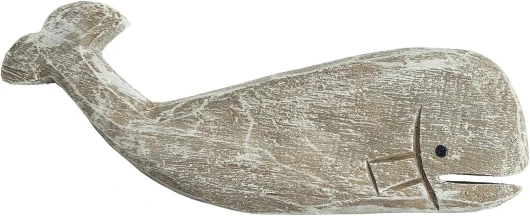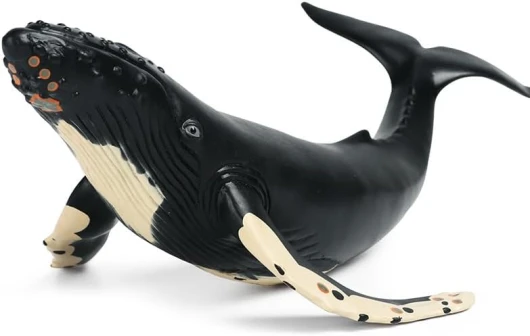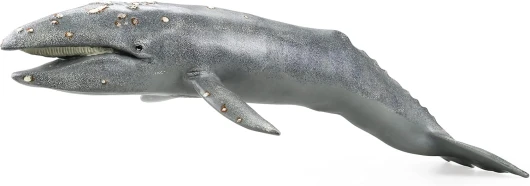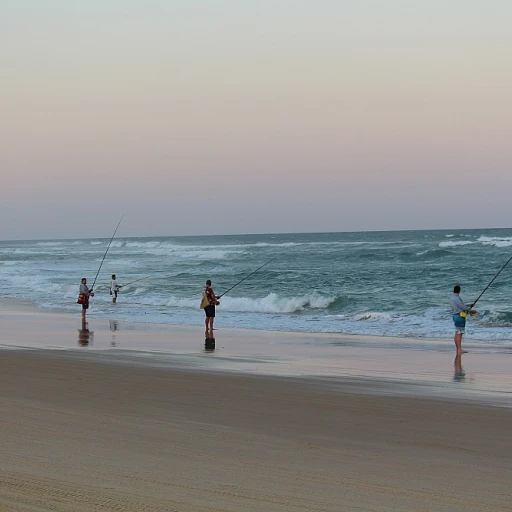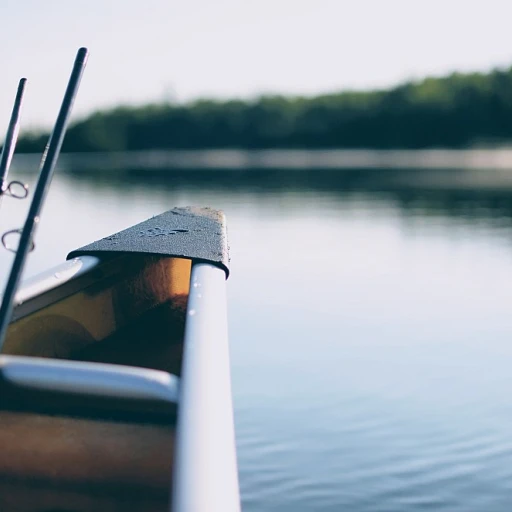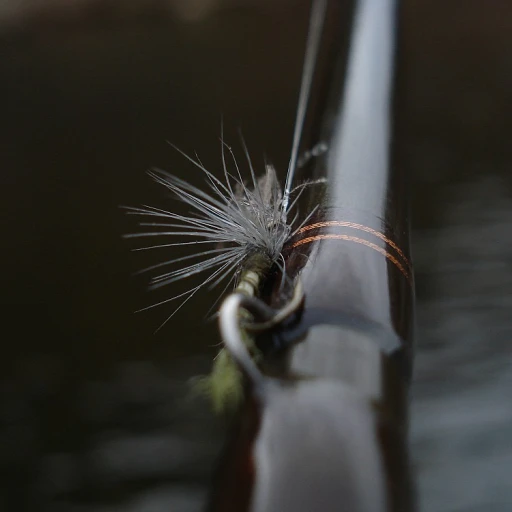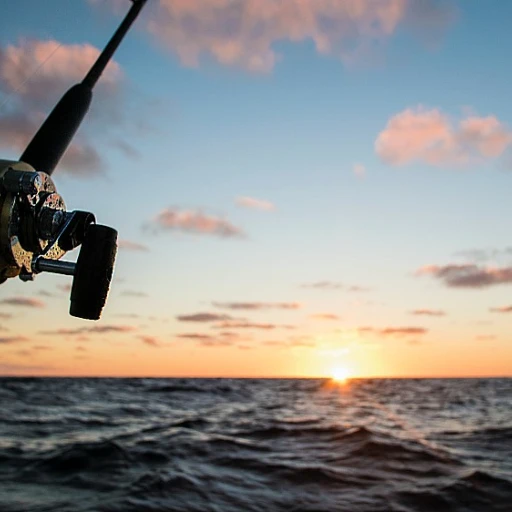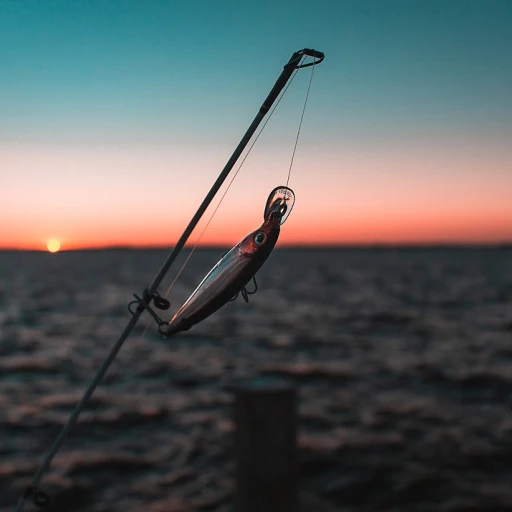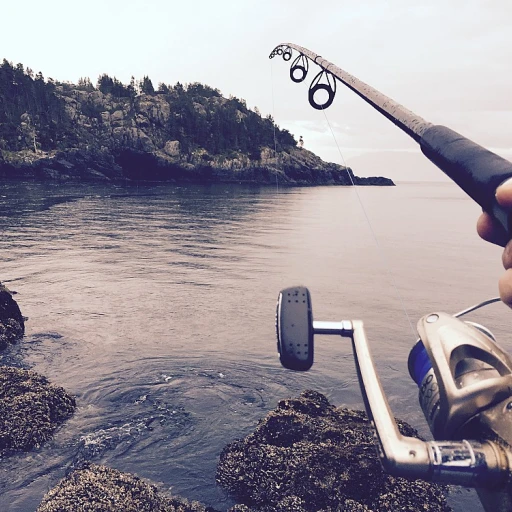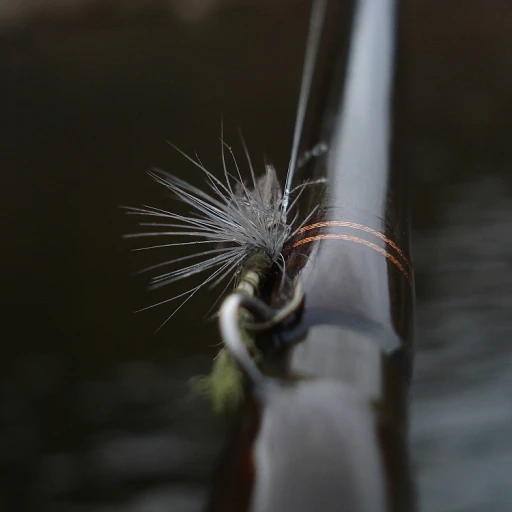
The Historical Use of Whale Parts in Fishing
The Historical Significance of Marine Mammal Parts in Fishing
The utilization of whale parts in recreational fishing has a rich backdrop rooted in tradition. Historically, these marine giants provided indispensable resources for early fishermen. The value of baleen whales cannot be understated; their baleen, known as "whale bone," was vital for crafting various fishing tackle before synthetic materials existed. Whale parts were not merely raw materials; for centuries, components like baleen or blubber were used as essential assets. The development of early fishing techniques often incorporated these elements, helping shape the diverse practices we see in the fishing community today. Elements like baleen were known for their flexibility and durability, making them prime choices for intricate fishing gear and tools. Moreover, in the evolution of fishing product development, earlier contributions such as valves, pumps, and gusher galley systems would often draw design inspirations from materials sourced directly from whales. These products often created a precedent for modern counterparts, showing not just historical influence but also an enduring legacy. As recreational fishing evolves, it's necessary to consider how these products have influenced the fishing culture over time and explore alternatives and modern adaptations (which are discussed later) to meet ethical standards. For a dive into the fascinating world of fish behavior and the potential overlap with historic fishing practices, check out these catfish facts in the article, catfish facts uncovering the secrets of the Siluriformes.Modern Applications of Whale Parts
Whale Parts in Contemporary Fishing Products
In the realm of modern fishing gear, whale parts have found a niche not only for their historical significance but also for their unique properties. As you'll learn in the historical sections, items derived from whales have long been revered for their strength and durability. Today, certain elements are still considered valuable in crafting various fishing products. One of the key areas where these marine mammal derivatives are utilized is in the production of gusher pumps and bilge pumps. Whale pumps, particularly the whale gusher galley, are often constructed with parts that prioritize longevity and efficiency. Manufacturers have relied on the natural resilience of whale-derived materials, which offer an edge in environments where corrosion and wear are prevalent. To maintain the functionality of these devices, service kits, which commonly include outlet valves and gusher rings, are essential as they allow users to replace worn-out elements with precision-engineered components. The aesthetic allure and resilient nature of whale baleen, historically a coveted material, still inspire the design of contemporary products, albeit often synthetically replicated due to ethical concerns. However, the transition towards synthetic variants in items like hose connectors and manifold kits reflects an increasing push towards sustainable practices. In the current market, whale parts direct and kits stocked with spare pump elements ensure that these essential tools remain operational for fishermen. The ability to replace components such as the foot pump, outlet valve, and hose connector on-site has become indispensable in maintaining efficient fishing practices. Despite the ongoing use of whale parts, it's important to note that ethical and regulatory considerations are increasingly influencing these materials' availability and application. These considerations lead to alternative solutions that are being progressively integrated into fishing product development. For those interested in a broader understanding of marine applications and innovations in fishing products, our comprehensive deep dive into reproductive behaviors can provide additional insights into the complex relationship humans have with aquatic life.Ethical Considerations and Regulations
Ethical Challenges and Regulatory Framework
The involvement of whale parts in the production of recreational fishing equipment raises significant ethical issues and entails navigating a complex regulatory landscape. Conservation concerns for marine mammals, like baleen whales, bring about these ethical discussions, and it's crucial for stakeholders in the fishing industry to consider these aspects closely. Many regions have enacted strict regulations to prevent the exploitation of whale parts, focusing on both the conservation of whale populations and the ethical implications of using such materials. These laws and regulations aim to reduce the reliance on products derived from whales, including certain pumps, valves, and other marine-related products. Compliance with international agreements and local wildlife conservation laws is mandatory for manufacturers and fishermen alike. The introduction of service kits and service kits whale, as well as spare parts like gusher galley and foot pump mechanisms, showcases the industry’s effort to minimize reliance on whale-derived products. Instead, companies are turning to synthetic or alternative materials to replicate the functional uses of traditional whale parts, thereby minimizing the environmental impact. Buyers should also be aware of the regulations governing the sale and distribution of products containing whale components. Before purchasing, it helps to understand the role of animal traps in recreational fishing and ensure that their chosen equipment adheres to ethical guidelines and legal standards. Additionally, the availability of service kits and parts direct options for maintaining equipment like whale manifold and hose connector systems allows anglers to replace parts without contributing to the demand for whale stock. These efforts reflect the industry's ongoing commitment to ethical practices and sustainable development.Alternatives to Whale Parts
Exploring Sustainable Alternatives to Whale-Based Components in Fishing
When it comes to sporting activities such as angling, sourcing equipment responsibly can significantly contribute to marine conservation efforts. While whales have historically played a pivotal role in fishing product manufacturing, it's essential to consider more sustainable solutions that mitigate the impact on baleen whales and other marine mammals.A viable alternative is the use of synthetic materials specifically designed to replicate the unique properties of whale parts. These synthetic options can mimic the flexibility of baleen, a crucial component in various marine applications, without depleting natural whale stocks. Incorporations like whale gusher, valves, and foot pumps have been innovatively recreated using modern polymers, providing durable performance that simulates traditional whale-derived parts.
Moreover, advancements in marine technology provide fishermen with spare parts and service kits that are devoid of whale derivations. Many manufacturers are now focusing on sustainable product development, including service kits with convenient hose connectors and pump whales, ensuring seamless integration into existing systems.
The cost-effectiveness of these alternatives is another factor worth considering. Synthetic hoses and whale manifolds are often priced competitively, and the availability of parts direct from responsible manufacturers can offer long-term savings. This accessibility can extend to whale pump vat products, with kits stocked to ensure quick service and repair.
Lastly, embracing alternatives has the advantage of aligning the fishing community with international conservation efforts. By supporting products that reduce dependency on marine mammals, anglers can contribute to the preservation of our marine biodiversity while still enjoying the sport they love. Exploring these innovative options ultimately helps secure a sustainable future for recreational fishing.
Impact on the Fishing Community
Influence on Product Availability and Pricing
The use of whale parts in recreational fishing has a significant impact on product availability and pricing. Historically, whale parts like baleen and blubber were integral in crafting various fishing tools and accessories. However, with modern regulations and ethical considerations, the availability of these parts has diminished, leading to changes in the market dynamics.
Products such as the whale gusher and bilge pump, which once relied heavily on whale components, have had to adapt. Manufacturers now focus on creating service kits and spare parts that do not involve marine mammals. This shift has influenced the price list of these products, as alternative materials can sometimes be more costly or require different manufacturing processes.
Community Adaptation and Innovation
The fishing community has shown resilience and adaptability in response to these changes. Enthusiasts and professionals alike have embraced new technologies and materials, leading to innovative solutions that maintain the functionality of traditional tools without relying on whale parts. For instance, the development of the foot pump and hose connector systems has provided efficient alternatives to older models.
Moreover, the community's commitment to sustainability has spurred interest in products that offer eco-friendly service kits and parts direct from manufacturers who prioritize ethical sourcing. This trend not only supports marine conservation efforts but also encourages the industry to invest in research and development for future product lines.
Balancing Tradition and Modern Needs
While the transition away from using whale parts presents challenges, it also offers an opportunity to balance tradition with modern needs. The fishing community continues to value the craftsmanship and heritage associated with traditional tools, yet there is a growing appreciation for products that align with contemporary ethical standards.
As the industry evolves, it is crucial for manufacturers to provide comprehensive service kits and maintain a stock of spare parts that cater to both traditionalists and modern anglers. This balance ensures that the rich history of recreational fishing is preserved while embracing the future of sustainable practices.


